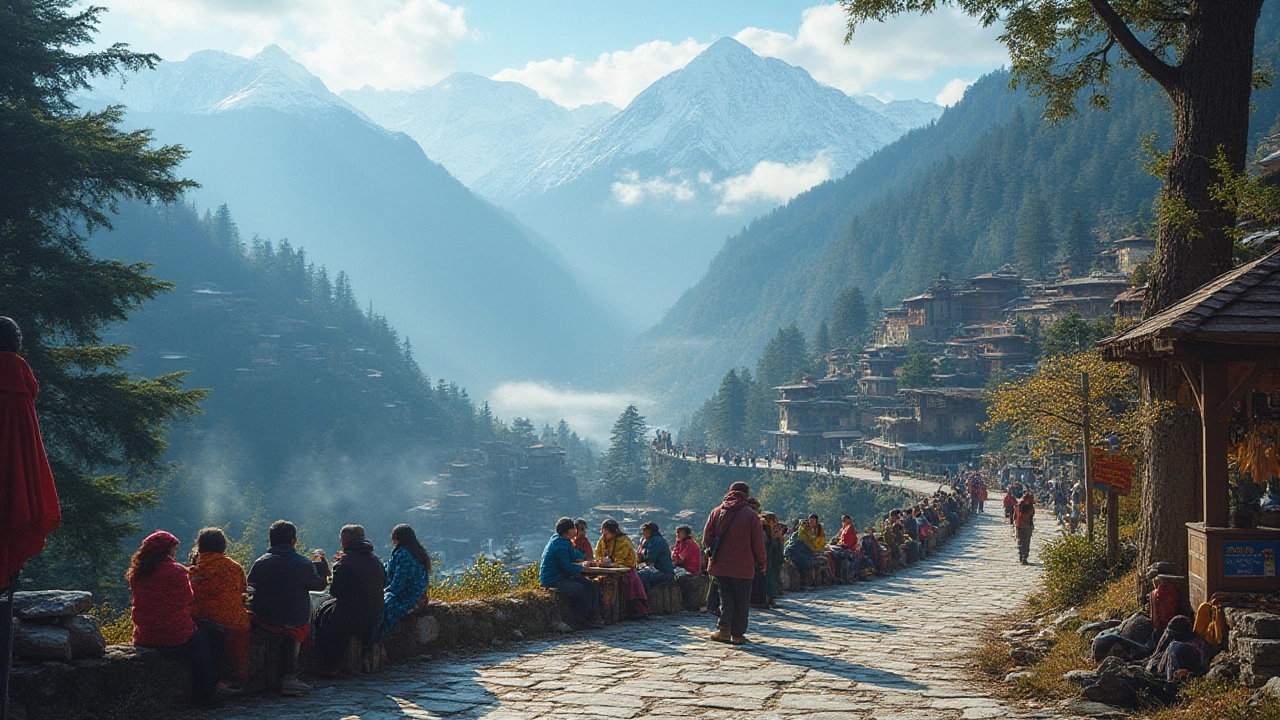
Curious about India's best hill station state? Explore where most hill stations are, what makes them special, and tips to plan your trip.
When talking about travel hill stations, high‑altitude towns that offer cool weather, scenic views and a break from the heat. Also known as hill stations, they often sit near heritage sites, historic monuments or cultural hotspots that add depth to a visit and surrounded by wildlife sanctuaries, protected areas where you can spot native birds, deer and rare plants. The seasonal weather, monsoon rains, crisp winters and pleasant summers, defines the best time to explore these places. Together, these elements make hill stations a unique blend of nature, culture and comfort.
First off, the climate is a major draw. Most Indian hill stations sit between 1,000 and 2,500 meters above sea level, so even in June you’ll feel a refreshing breeze. That cool air isn’t just pleasant—it’s good for health, especially after long weeks in scorching cities. The views add another layer: mist‑covered valleys, tea‑garden terraces and sunrise over snow‑capped peaks create photo‑ready moments without the crowds you see at beaches. Beyond nature, many stations grew during the British era, leaving behind colonial architecture, churches and old railways that double as heritage sites. When you walk the streets of Shimla or Darjeeling, you’re also walking through living history. Local festivals add flavor too; a small town’s harvest celebration can teach you about regional food, music and dress, turning a simple stay into an immersive cultural experience.
Practical planning matters, and that’s where safety, cost and timing intersect. Recent travel‑safety reports for India show that hill stations generally rank low on risk, but it’s still smart to check local health advisories, especially during monsoon months when landslides can occur. Budget‑wise, a hill‑station trip can be cheaper than a beach resort. Our cost guide for US travelers breaks down accommodation, food and transport, showing you how to stretch each dollar. Speaking of transport, many stations are reachable by scenic train routes—like the Darjeeling Himalayan Railway—or by well‑maintained roads that connect to major cities. Knowing the best months—October to March for clear skies, May and June for blooming rhododendrons—helps you pack the right gear and avoid peak‑season price spikes. The combination of safety tips, cost insights and timing advice turns a vague idea of “visit a hill station” into a concrete plan.
Below you’ll find a curated list of articles that dive deeper into each of these aspects. From safety checklists for India in 2025 and detailed cost breakdowns for US citizens, to the record‑holding heritage sites in Madhya Pradesh and the top Indian states for wildlife sanctuaries, the collection equips you with the facts you need. Whether you’re hunting for the perfect monsoon‑free window, looking to explore a UNESCO‑listed monument near a hill town, or planning a budget‑friendly trek, the posts ahead cover the full spectrum. Let’s jump into the resources and start shaping your next high‑altitude adventure.

Curious about India's best hill station state? Explore where most hill stations are, what makes them special, and tips to plan your trip.